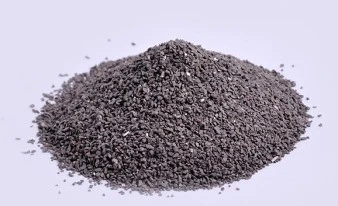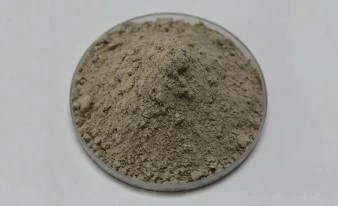High-aluminum refractory bricks, also known as high-alumina bricks, are similar to the production process of sticky bricks. The difference is that the powder is mixed with high-alumina clinker, the refractoriness is higher than that of clay bricks, and the resistance to acid-base intrusion is better. It is used in various kiln firing zones.
Aluminum silicate refractory bricks having an Al2O3 content of more than 48% are collectively referred to as high alumina refractory bricks. According to the content of Al2O3, it is divided into three grades: I (Al2O3>75%); II (Al2O3 is 60%~75%); III (Al2O3 is 48%~60%). According to the mineral composition can be divided into: low mullite (including sillimanite) and mullite (Al2O3 is 48% ~ 71.8%), mullite – corundum and corundum – mullite (Al2O3 is 71.8%~95%), refractory bricks such as corundum (95%~100% Al2O3).
With the increase of Al2O3 content in high alumina refractory bricks, the amount of mullite and corundum components also increases, the glass phase decreases correspondingly, and the fire resistance and density of high alumina refractory bricks also increase. When the Al2O3 content in the high alumina brick is less than 71.8%, the high temperature stable crystal phase in the high alumina refractory brick is mullite and increases with the addition of Al2O3 content. For high alumina refractory bricks with Al2O3 content above 71.8%, the high temperature stable crystal phase is mullite and corundum. With the increase of 71.8% content, the amount of corundum increases, mullite decreases, and the high temperature performance of high alumina refractory bricks is correspondingly improved.
The firing temperature of the high alumina refractory brick depends on the sinterability of the alumina raw material. When using special grade and grade I bauxite clinker (bulk density ≥ 2.80g/cm3), the structure of the raw material is uniform, and the impurity content is high, so that the green body is easy to be sintered, but the firing temperature range is narrow, which may cause over-burning or Not burning. When the grade II alumina clinker (bulk density ≥2.55g/cm3) is used, the expansion is not easy to be sintered due to the expansion and loosening effect caused by the secondary mullite, so the firing temperature is slightly higher. When Class III bauxite clinker (bulk density ≥ 2.45g/cm3) is used, the structure is dense, the content of Al2O3 is low, and the firing temperature is low, generally slightly higher than the firing temperature of clinker clay bricks of 30~50 °C. High alumina refractory bricks are fired in an oxidizing flame.
2022-12-07

The mullite insulation brick is a high alumina refractory material mainly...
2022-12-07
Learn more2022-12-07

The mullite insulation brick usually contains impurity oxides such as TiO...
2022-12-07
Learn more2022-12-06

Refractory raw materials processing is to enter the factory of various sh...
2022-12-06
Learn more2022-12-06

Refractory mud is used as refractory masonry joints of amorphous refracto...
2022-12-06
Learn more2022-12-06

In the shipment of refractory bricks, should pay special attention to the...
2022-12-06
Learn more2022-12-06

According to current national standards, the style of refractory brick ca...
2022-12-06
Learn more2022-12-06

With the development of science and technology, new hollow materials made...
2022-12-06
Learn more2022-12-06

A cracking furnace is one of the key equipment in an ethylene plant, in w...
2022-12-06
Learn more2022-12-06

The appearance of reticular cracks on the surface of high-alumina bricks ...
2022-12-06
Learn more2022-12-06

1.Thermal properties and electrical conductivity of refractory materials ...
2022-12-06
Learn more